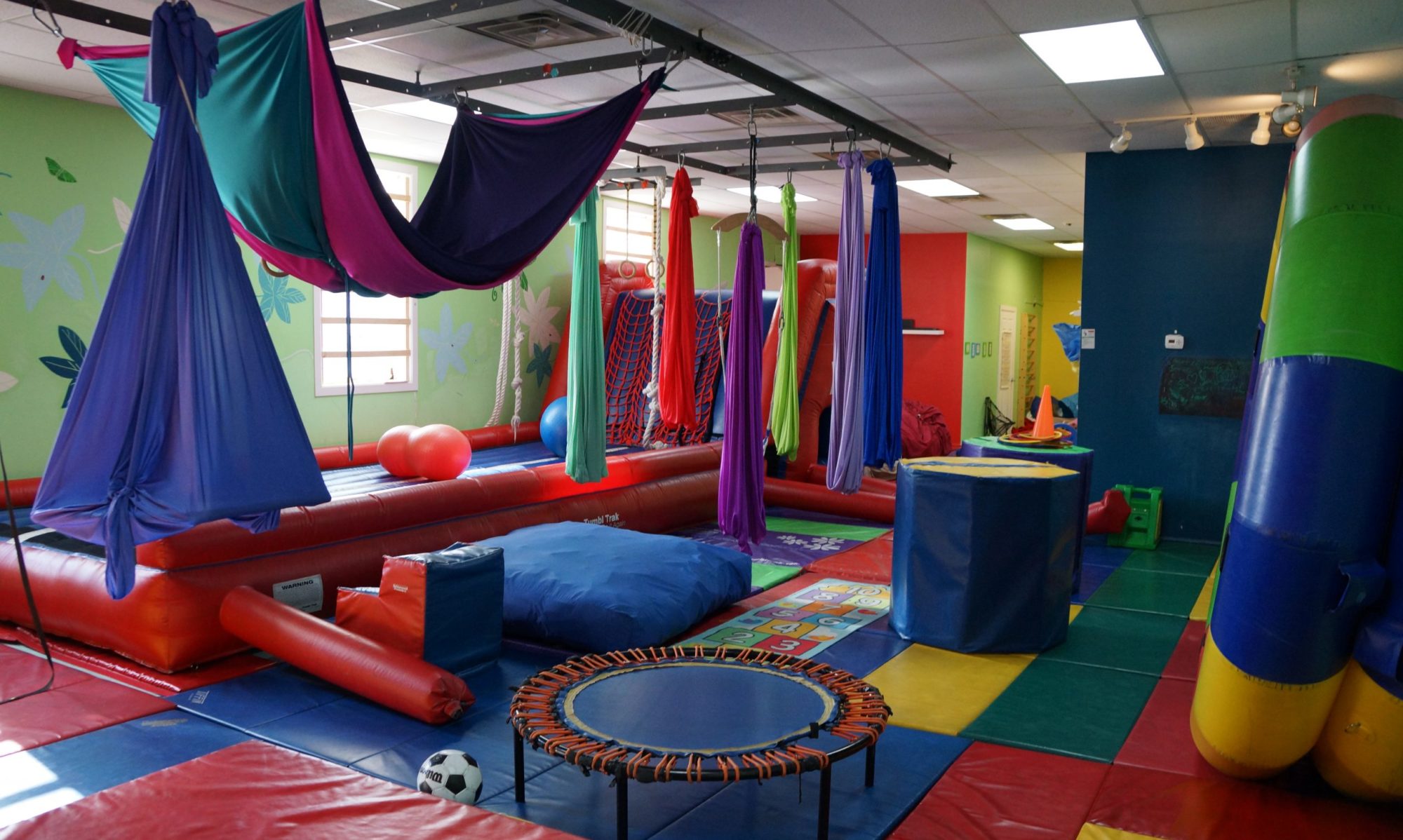What is Spinal Galant Reflex:
The reflex is elicited by holding the newborn in ventral suspension (face down) and stroking along the one side of the spine. The normal reaction is for the newborn to laterally flex toward the stimulated side.
Typical emergence:
Womb at 3-4 months
Typical integration:
5-9 months after birth
If not integrated:
Understanding Primitive Reflexes and How They Impact Child Development
A reflex is an innate motor response that occurs automatically whenever a particular stimulus (or a combination of stimuli) is presented. These primitive reflexes emerge during prenatal development and are fundamental for an infant’s survival and future developmental milestones.
As infants grow into toddlers, their primitive reflexes should naturally undergo a process called “integration.” This means that the automatic responses associated with these reflexes should transform into more mature and voluntary movements. However, in some cases, these primitive reflexes persist beyond the typical age range, and we refer to this as “retained primitive reflexes.”
When these reflexes are retained, the instinctive actions and movements continue to exist beyond the expected developmental timeline. This can have implications for a child’s development and academic skills. The presence of retained reflexes can lead to certain characteristics specific to each reflex, which may hinder a child’s progress.
Therefore, at Pathways, our therapists strive to work with your child to develop the skills to integrate these primitive reflexes. To better understand the concept of integration, it involves the absorption of these reflexes into the child’s characteristics, actions, and neurological responses. In simpler terms, a reflex follows a neurological pathway, and when integration occurs, specific stimuli result in predictable responses (or the lack of them), making movements more efficient. This process ensures that the child’s nervous system is well-connected and communicates efficiently, playing a crucial role in overall development.
